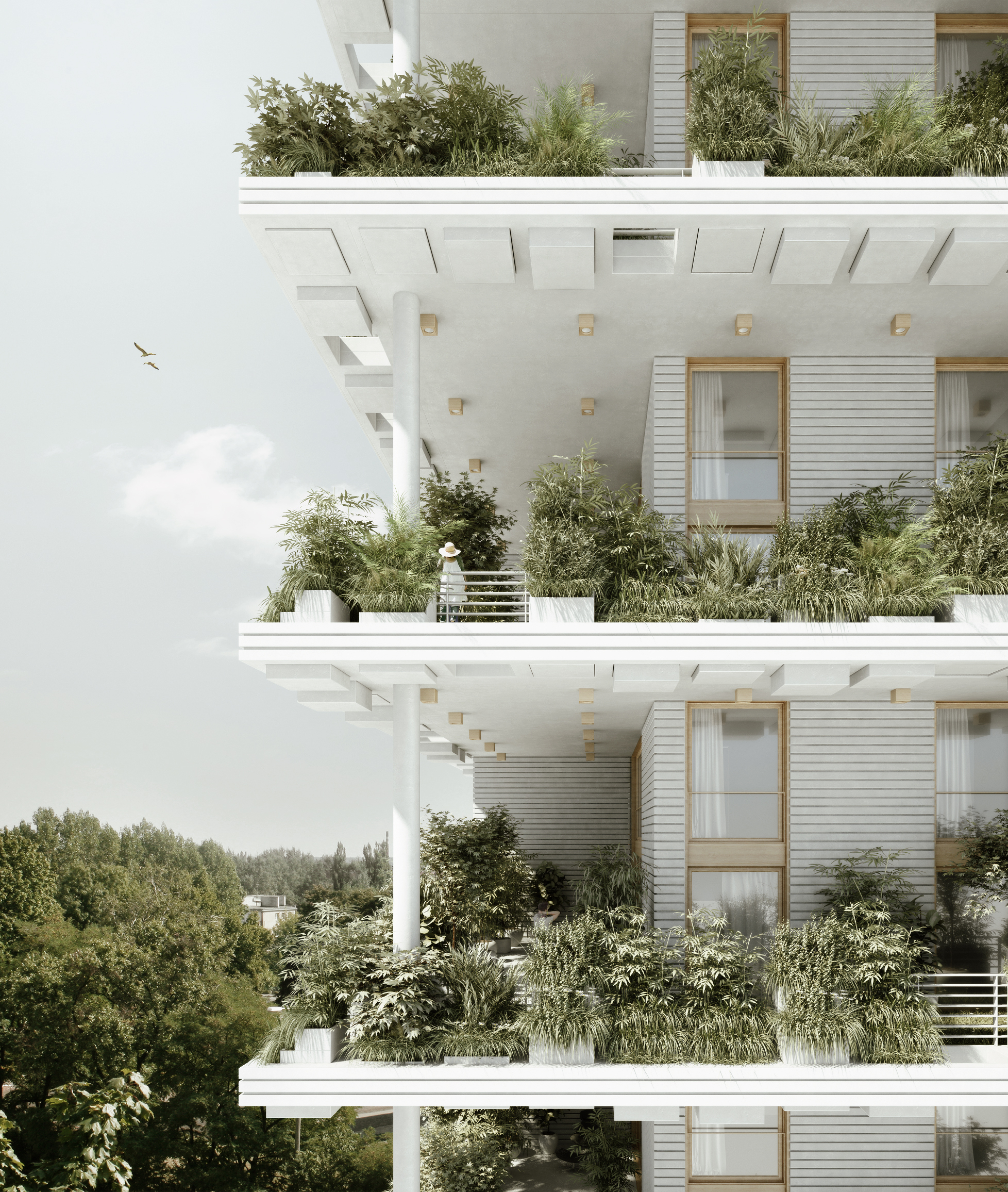Vertical Gardens
Vertical gardens are aesthetically pleasing, space-saving, and sustainable additions to our cities. Fewer of us have access to garden space as cities become more crowded and reliant on apartment living. By 2050, around 80% of the world's population will be living in cities. The development of inventive urban gardens, such as rooftop farms, balcony herb gardens, and grass walls in the inner city, has been one creative solution to this.
There are various advantages to vertical gardening:
Not only does it save space, but it also protects your crop from pests and illnesses. When you raise your vegetables vertically, they become much easier to target. It allows you to create a stunning garden on any wall or vacant space. Vertical gardens contribute to healthy air circulation regardless of whether they are built indoors or outside.
Most apartments have a small outdoor space, like a balcony or patio but this doesn’t mean you should think small in your gardening. Vertical gardening is the best way to maximize your growing area as well as produce vegetables, flowers, and other plants just a step from your door. Here's an example from Sky villas with vertical gardens designed by Penda, located in Hyderabad.

The vertical garden is a technique used to grow plants on a vertically suspended panel by using hydroponics. These unique structures can either be freestanding or attached to a wall. While potted plants have the advantage of being placed anywhere, they can take up space and require lots of maintenance.
This large area of urban gardening gives the tenants the opportunity to plant their own vegetables or herbs in their garden and gives the project a sense of self-sustaining development. The balcony is designed as a grass surface, which underlines the ‘private house with a garden’ typology.
By giving each villa a spacious green space, even when the units are stacked, the complex retains a sense of lightness and openness. Each planter can be filled by the owner with plants of different sizes and species to create a natural backdrop or to serve as a garden for vegetables and herbs. Meant to serve as a garden area for the ‘sky villas’, the 8,000-square-foot space comprises bamboo coves, water gardens, and floral displays.

The gardens also work as an effective passive cooling system for the building, providing natural ventilation throughout the complex and shielding residents from the hot Hyderabad climate. This in turn will save up to 60% of the energy consumed by a typical condominium building, reducing the project’s overall carbon footprint. This organic division is a healthy alternative to common mechanical cooling.




Comments
Post a Comment